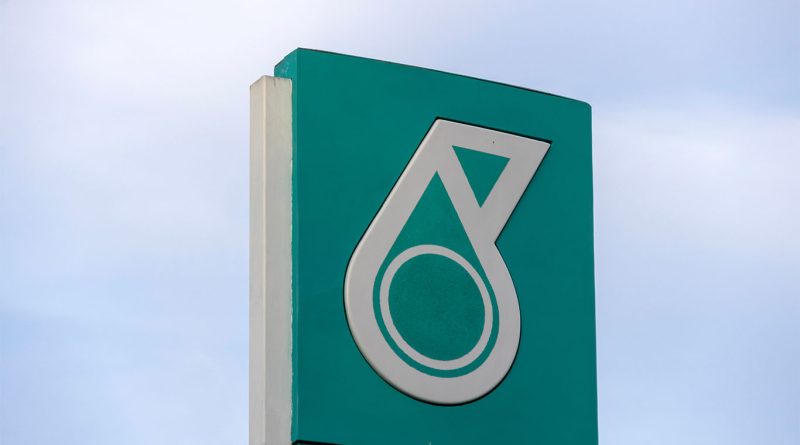Petronas Targets US LNG in Deal with Commonwealth
Subscribe to our free newsletter today to keep up to date with the latest energy, oil and gas news.
Malaysia’s state-owned energy firm Petronas is in advanced talks with Commonwealth LNG to secure a long-term liquefied natural gas supply agreement. The deal, reportedly under discussion since early 2024, involves the purchase of 1 million metric tons per annum of LNG. The supply would come from Commonwealth LNG’s facility, which is under development in Cameron, Louisiana.
This move reflects Petronas’ intent to diversify its LNG sourcing. While the company traditionally focused on Asia-Pacific production, it is now expanding its reach to mitigate risks and meet growing demand in major Asian markets. The shift toward long-term US-based contracts is part of a broader industry trend, as LNG buyers seek security and predictability in supply.
Commonwealth LNG’s Cameron facility emerges as a global export hub
The Cameron facility, located along the Calcasieu Ship Channel, is fast becoming a central player in US LNG exports. Designed for 9.5 million metric tons of capacity annually, the project includes six liquefaction trains and five storage tanks, each capable of holding 50,000 cubic meters. It also features a jetty built to accommodate carriers as large as 216,000 cubic meters.
Recently, Commonwealth LNG received its US export license following a two-year approval process. With nearly 8 million metric tons of its capacity already allocated to companies including Woodside Energy and Kimmeridge, it is nearing commercial closure. Petronas’ potential deal would bring the project closer to full commitment.
The US LNG export boom and what it means for Asian buyers
The United States led the world in LNG exports in 2024, shipping out 11.9 billion cubic feet per day. According to the Energy Information Administration, 2025 volumes are projected to increase by 17 percent, reaching 14 billion cubic feet per day. Facilities across Louisiana and Texas continue to expand, helping the US maintain its global leadership.
This surge has captured the attention of Asian buyers. Countries like Japan, South Korea, and India are increasingly sourcing from US terminals. In addition to cost advantages, these contracts offer scheduling flexibility and fewer geopolitical constraints than many Middle Eastern alternatives.
For Petronas, engaging in US contracts enhances portfolio stability. As supply pressures rise across Asia and pricing becomes more volatile, contracts with firms like Commonwealth LNG offer risk mitigation and access to the most liquid LNG market in the world.
How Asian energy strategy is shifting to reduce trade imbalances
Several Asian countries are aligning their energy procurement with economic and geopolitical objectives. Japan and India, for example, are using increased LNG imports to reduce persistent trade deficits with the United States. These deals also act as buffers in the event of tariff escalations or shifts in US trade policy.
India’s LNG consumption is expected to double by 2030 as it increases reliance on natural gas for urban and industrial sectors. Japan and South Korea are also revisiting their long-standing supply agreements, introducing US LNG to diversify away from traditional sources.
The Petronas-Commonwealth talks fit this pattern. As Asian buyers reassess procurement models, the appeal of flexible, long-term US contracts grows. The potential agreement may signal a broader pivot within Southeast Asia toward US-linked energy solutions.
